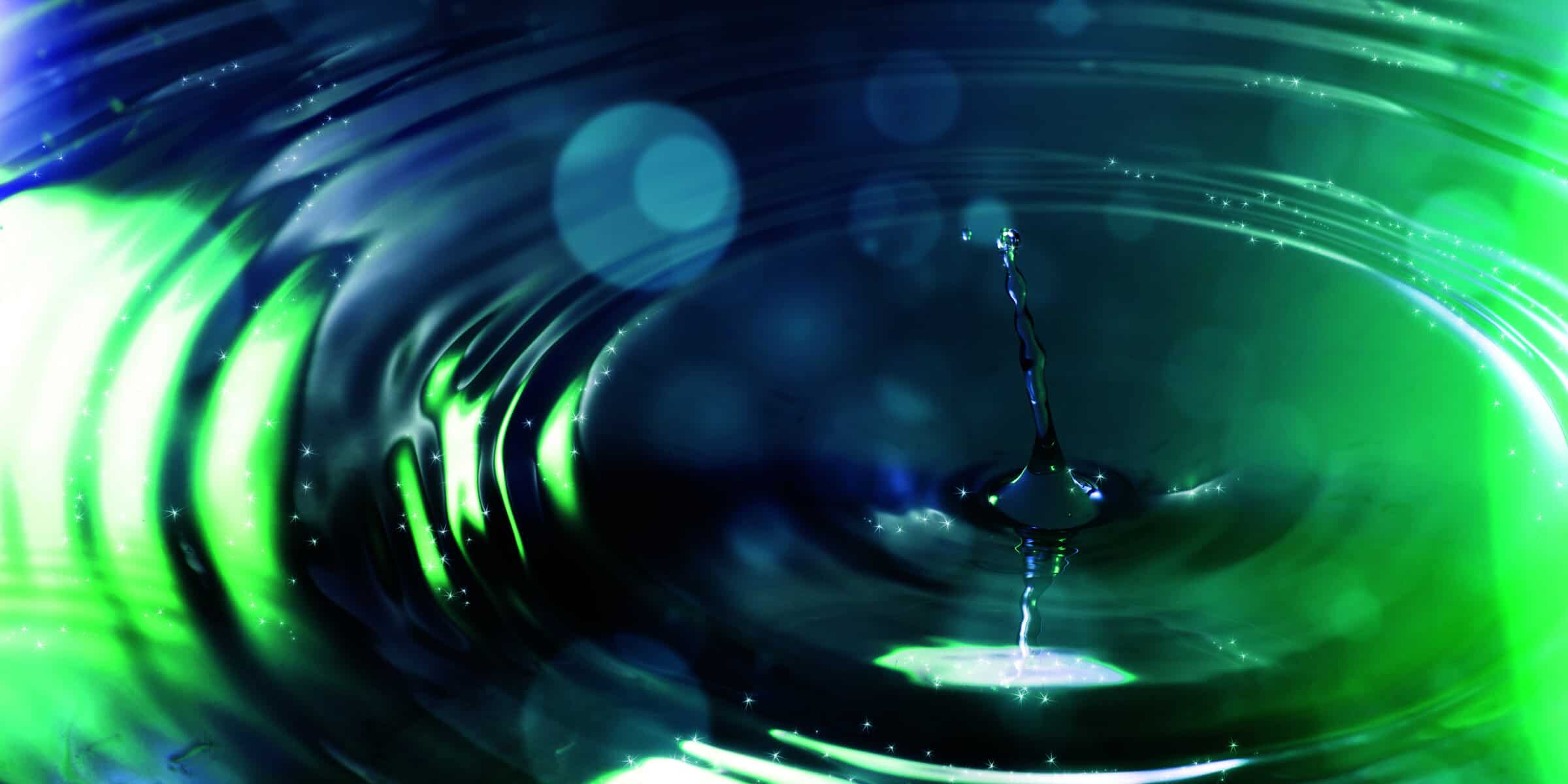 The holiday season may be difficult this year with the pandemic altering many family plans and traditions. Navigating the challenges will most likely take more patience and flexibility than usual. For those facing their first holiday season without a loved one, this time may be exponentially stressful and the emotions more intense.
The holiday season may be difficult this year with the pandemic altering many family plans and traditions. Navigating the challenges will most likely take more patience and flexibility than usual. For those facing their first holiday season without a loved one, this time may be exponentially stressful and the emotions more intense.
Around the globe various spots with legendary reputations of having pools of water with healing properties are reputed to cure pain and lift the spirits. These warm springs with abundant mineral deposits are located in Hot Springs, in both Arkansas and Virginia; Bad Sulza and Baden-Baden in Germany; Ojo Caliente, New Mexico; and Saratoga Mineral Springs in New York, to name a few.
Another type of “healing waters” focuses on the human body as the source.
What authors and poets commend is actually backed up by science. Judith Orloff, MD, the New York Times best-selling author of The Empath’s Survival Guide: Life Strategies for Sensitive People writes, “Like the ocean, tears are salt water.
Protectively they lubricate your eyes, remove irritants, reduce stress hormones, and they contain antibodies that fight pathogenic microbes.” She continues, “Our bodies produce three kinds of tears and each kind has a different healing role.”
• Reflex tears allow eyes to clear out noxious particles when they’re irritated by smoke or exhaust.
• Continuous tears are produced regularly to keep eyes lubricated—these contain a chemical called “lysozyme” which functions as an anti-bacterial and protects eyes from infection.
• Emotional tears have special health benefits. Typically, after crying, breathing, and heart rate decreases, and a calmer biological and emotional state is entered.
Biochemist and ‘tear expert’ Dr. William Frey at the Ramsey Medical Center in Minneapolis discovered that reflex tears are 98% water, whereas emotional tears also contain stress hormones and toxins which get excreted from the body through crying.
Additional studies also suggest that crying stimulates the production of endorphins, our body’s natural painkiller and ‘feel-good’ hormones. “Interestingly, humans are the only creatures known to shed emotional tears,” he says.
Tears are the body’s release-valve for pent up emotions, stress, sadness, grief, anxiety, and frustration. In short, crying is healthy and healing—for both men and women.
A friend once expressed, “I’m a guy and was taught that crying is a sign of weakness, it has only been recently I have not felt ashamed when I cry. Now every time I do I feel like I am hitting the reset button.”
Sometimes much mourning takes place before a death occurs. Unfulfilled dreams, regrets, and un-kept promises—so many losses—lead to anticipatory grief. Many people shed tears with Freda H. Gordon Hospice & Palliative Care team members, and then frequently apologize for crying, often feeling embarrassed for “making a spectacle of themselves.“
When is the last time you cried? “No feeling, no healing” is an oft repeated mantra in support groups. There is nothing wrong with crying and everything right about it.
Tears are a sign of courage, strength, and authenticity. Tears are healing waters and it is best to allow them to flow when they need to.
This holiday season may be a time more of grieving than celebrating. The tears may flow ceaselessly, and that is okay. FGH&PC encourages people not to set unrealistic expectations to be joyful. People should do what makes them comfortable, not what others think should make them comfortable. It is not a choice of pain or no pain, but how to manage the pain. Strategies for coping that are not self-destructive exist and FGH&PC is available to help.
Jim Thompson is the spiritual and bereavement care coordinator at Freda H. Gordon Hospice & Palliative Care.
– Jim Thompson

